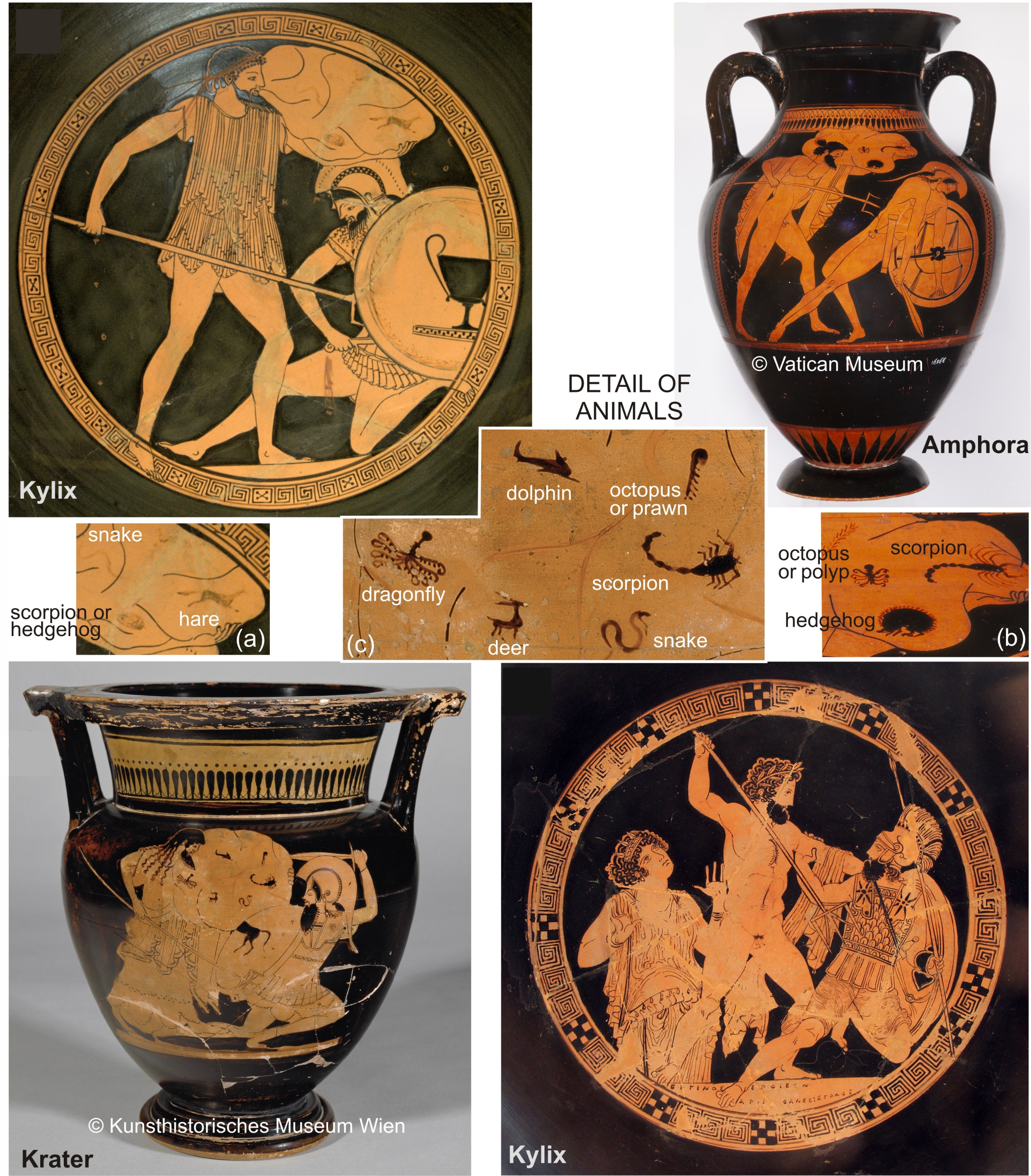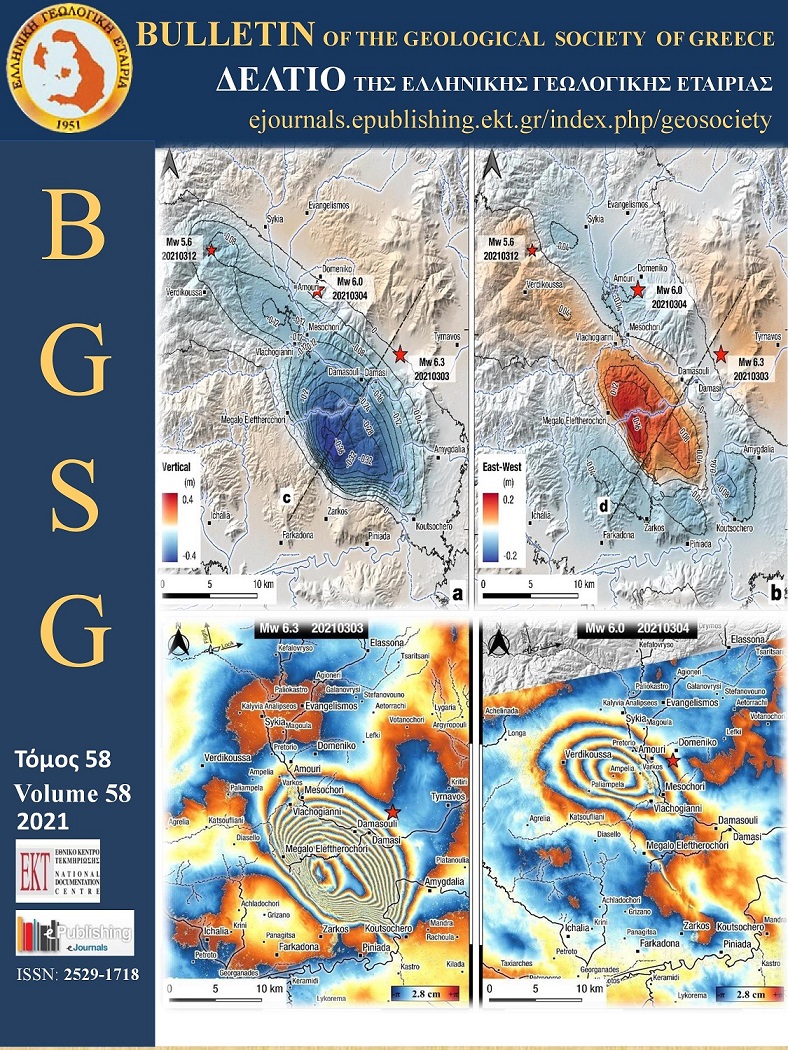MADAM: A temporary seismological survey experiment in Aetolia-Akarnanian region (Western Greece)

Abstract
The Aetolia-Akarnanian region, in Western Greece, is considered to be part of a micro-plate in formation, named the Ionian Island-Akarnanian Block (IAB), in the larger-scale Central Mediterranean tectonic context. The IAB accommodates the deformations between the surrounding tectonic structures that are the Corinth Gulf, the Hellenic subduction, the Kefalonia Transform Fault and the Apulian collision. This work presents the first results of a dense temporary seismic survey in the Aetolia-Akarnanian region (from the Amvrakikos Gulf to the Patras Gulf). Our local dense network has been designed in order to avoid gaps and to allow the recording of a major part of the Akarnania seismicity. With a semi-automatic events detection and picking program, we detected more than 15000 events from October 2015 to December 2018. With this important data set we constrained a 1D local velocity model. The comparison with the previous published models shows a possible significant velocity variation inside the region and especially at the Trichonis lake graben. Thanks to our data set and our velocity model, we precisely located 12723 seismic events with magnitude 0 < ML < 4.6, and a magnitude of completeness Mc = 1.0, that represents actually the most important catalogue for the Aetolia-Akarnania. Seismicity highlights specific seismic structures as clusters and a seismic plane below the West of Corinth Gulf that are briefly discussed.
Article Details
- How to Cite
-
Lefils, V., Rigo, A., & Sokos, E. (2023). MADAM: A temporary seismological survey experiment in Aetolia-Akarnanian region (Western Greece). Bulletin of the Geological Society of Greece, 59(1), 158–174. https://doi.org/10.12681/bgsg.31714
- Issue
- Vol. 59 No. 1 (2022)
- Section
- Seismology

This work is licensed under a Creative Commons Attribution-NonCommercial 4.0 International License.
Authors who publish with this journal agree to the following terms:
Authors retain copyright and grant the journal right of first publication with the work simultaneously licensed under a Creative Commons Attribution Non-Commercial License that allows others to share the work with an acknowledgement of the work's authorship and initial publication in this journal.
Authors are able to enter into separate, additional contractual arrangements for the non-exclusive distribution of the journal's published version of the work (e.g. post it to an institutional repository or publish it in a book), with an acknowledgement of its initial publication in this journal. Authors are permitted and encouraged to post their work online (preferably in institutional repositories or on their website) prior to and during the submission process, as it can lead to productive exchanges, as well as earlier and greater citation of published work.



